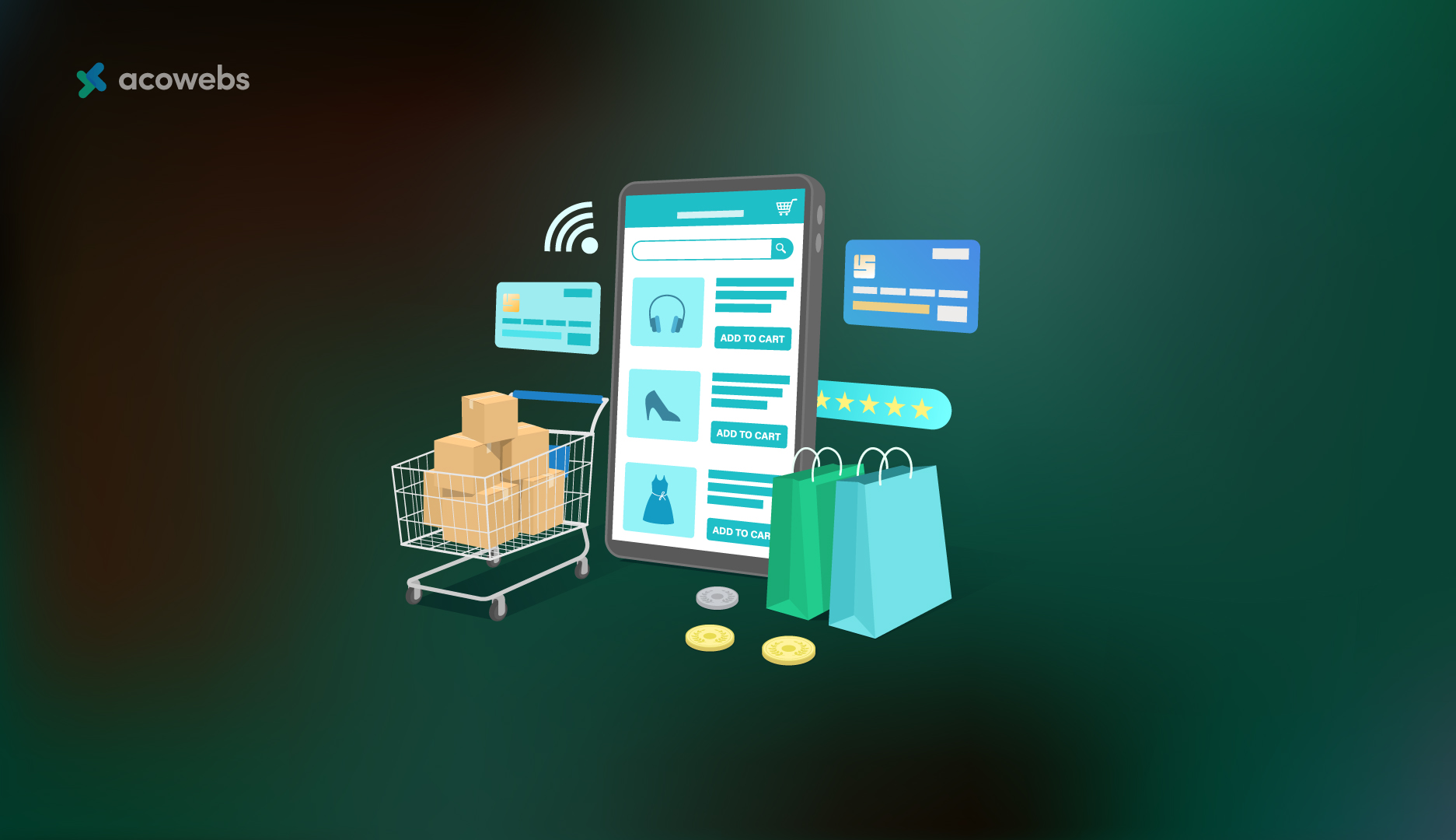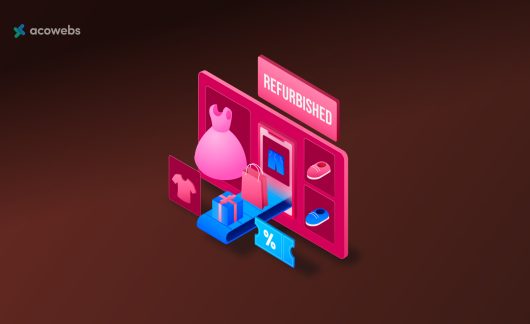A huge change is happening in e-commerce, and digital twins are what’s driving this transformation. Using digital 3D models, businesses now meet customers with engaging experiences that tie together their online and offline activities. Even today, digital twins are revolutionizing how e-commerce companies present their items, customize shopping, and establish loyalty amongst customers. The article explores what digital twins are and how they help e-commerce by discussing their uses, pros, and potential impact on everyone involved in online retail.
Understanding Digital Twins in eCommerce
Using 3D modelling, AR, and AI, digital twins in eCommerce make faithful copies of real products that can be seen or used interactively. With these representations, customers have a more active way to engage with products than they do with images or videos. Imagine someone shopping online, turning a handbag around, exploring its stitches, inspecting the texture, and even changing its color right away. Using digital twins in business allows online buyers a product experience that can equal or top what they get inside a physical store.
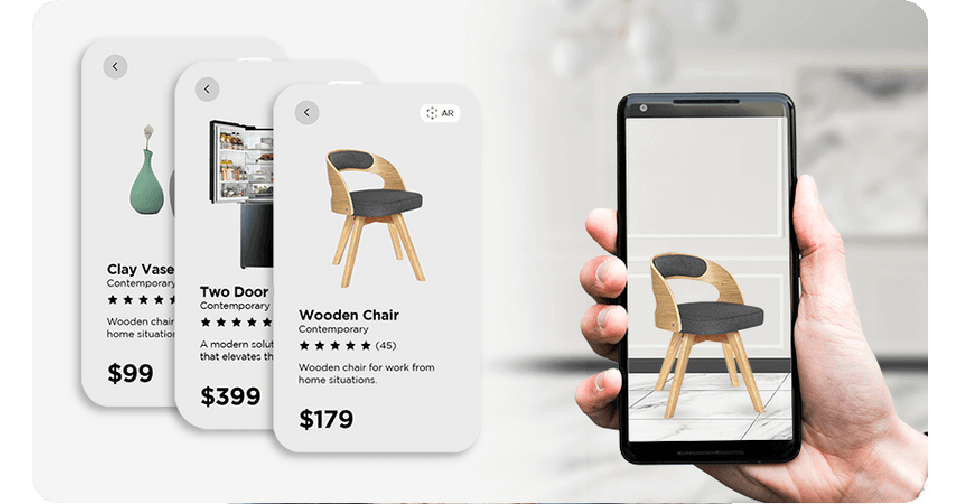
Because digital twins make products interactive online, customers are given the tools to test out products from a distance. People can view every aspect of a product online, including how it works and its size, which supports their decision. Taking such steps increases the possibility of getting positive results, since visitors bond more with the goods presented to them. No matter if it’s sneakers, furniture, or a gadget, digital twins on eCommerce make products easy to explore and buy.
Personalization Powered by Digital Twins
Now, personalization is very important in eCommerce, and digital twins take it to a much higher standard. With these models, brands can design goods that perfectly suit an individual’s taste. Shopping for a dining table on the internet, a customer can change the size, design choices or materials on a digital twin to see how it matches their home before deciding to buy. Being able to customize their garments inspires shoppers to feel part of what they buy and helps them choose wisely.
In addition, AI is used in digital twins to design personalized experiences for e-commerce customers. Thanks to analyzing data such as what you’ve looked at, what you purchased, and what you liked, these virtual models help you find choices you are likely to like. As an example, the digital twin of a car could suggest customer-specific features that are eco-friendly if the customer has mentioned ecology as a driving factor before. Personalizing the customer’s journey during shopping both improves how they shop and raises the chances of making a purchase. Using digital twins, brands in eCommerce draw customers closer, making them likely to remain loyal.
Dynamic Customization in Real Time
It’s a dramatic change that customers can customize products instantly, made even easier by digital twins in e-commerce. Every element of a product can be adjusted by shoppers on the screen, so they see the changes right away. Customers are involved at all stages, gaining control over the way they shop. Because they offer engaging ways to interact, digital twins in eCommerce help businesses personalize, draw in more customers, and satisfy them.
Data-Driven Personalization
Apart from customization, digital twins in eCommerce help brands give advice based on data about their customers. AI studies what customers select as options and, therefore can recommend things in harmony with their interests. As an example, the digital twin of a jacket could recommend which accessories would go best with what the customer likes. With this strategy, digital twins in eCommerce both satisfy and surpass customer expectations, guaranteeing a pleasant shopping trip.
Building Trust Through Transparency
No successful eCommerce business can function without trust, and digital twins in eCommerce greatly support that effort. It is often unclear to buyers shopping online about a product’s physical appearance, the way it fits, or how good it is. They make it easier to identify problems because they allow transparent interaction with digital product models. Those interested can explore a digital version of a laptop, checking out the keys on the keyboard, looking at its ports, or running tests to simulate its performance. All these details help persuade customers and make them less hesitant about making their purchase.
The way products are shown online realistically in digital twins is why eCommerce shops enjoy fewer returns. Customers are usually more satisfied when they’ve clarified what to expect from the product. This openness encourages trust, increases loyalty and makes shopping easier for everyone. Customer concerns are directly faced by digital twins in eCommerce which supports more confident and satisfying buying experiences.
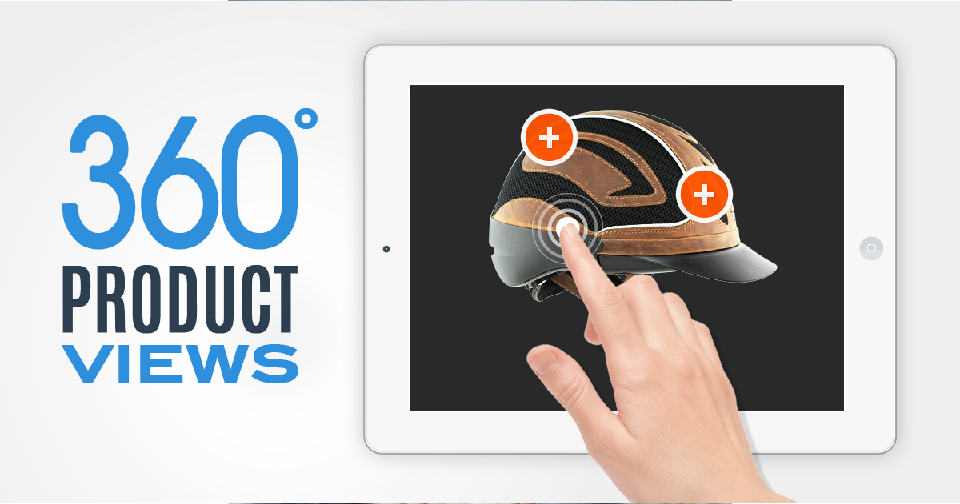
Minimizing Returns with Clarity
Returns are tough for e-commerce businesses, but using digital twins provides an answer. When customers can thoroughly check out your products, brands help make sure what they expect is what they see. With a digital model of jeans, customers can see their exact size on a digital avatar, cutting down the risk of returning the wrong size. Using visual designs makes it easier for shoppers to decide which means fewer returns and happier customers.
Strengthening Brand Credibility
Using digital twins improves a brand’s reputation in e-commerce. Inclusion of advanced technology by companies helps them prove their dedication to quality and innovation. The use of digital twins earns brands a reputation for being both reliable and ahead of the competition. Using digital twins to highlight products in eCommerce helps brands earn consumer recognition, trust and loyalty.
Revolutionizing Product Development
Not all digital twins in eCommerce are for the customer: brands can also use them to improve and rework their offerings. Making virtual models allows companies to evaluate their designs, new materials and various functions without having to build actual products. Using this method of developing products saves time, cuts costs and lets companies introduce top quality goods to the market faster.
It would be possible for a cosmetics brand to put a digital twin of their lipstick on virtual models, try it out under different light conditions and on various types of skin. E-commerce customers help the brand update and polish the product before it’s made. With digital twins in eCommerce, companies can change their designs fast so final products suit what is popular with buyers.
Accelerating Time-to-Market
Since e-commerce moves quickly, speed is vital, and digital twins speed up the product development process. Virtual testing and improvement allow companies to skip the time and money required for traditional prototyping. Because they are efficient, businesses can get their products out when demand is rising, which helps them lead the way against competitors. With digital twins, companies in e-commerce can move quickly, offering their customers new products more efficiently.
Unlocking Consumer Insights
They help collect and analyze useful information about consumers in e-commerce. When customers navigate virtual environments, brands gather information on their likes, actions, and problems. In particular, monitoring how individuals select features or styles on a digital twin of a smartwatch reveals their purchasing motivations.
The Power of AR and VR in Digital Twins
AR and VR are what make digital twins attractive for eCommerce, by delivering engaging experiences to buyers. With AR, customers can place digital versions of products in their real homes or use digital glasses to see what they would look like on them. As for VR, users can move around inside fully featured showrooms and test digital twins from every angle. Thanks to them, digital twins are interactive and appealing to customers in e-commerce.
With the help of AR and VR, brands cut down on the distance between shopping online and shopping in stores. There is no need for customers to wonder about a product; they have a real-time experience. Digital twins make eCommerce more interesting with AR and VR which helps build engagement, increase conversions and develop brand loyalty.
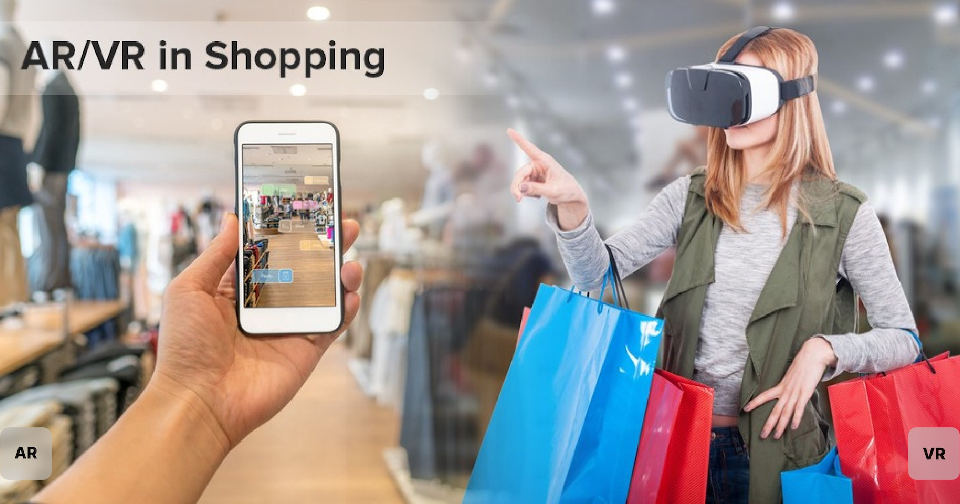
AR for Seamless Real-World Integration
AR makes digital twins visible in the customer’s real space. A good example is a home decor brand offering an online version of a lamp, so users can try out the design on their desk. As you browse online, real-time access to information lets you buy things easily and with pleasure. Engaging customers with AR-powered digital twins in eCommerce makes them both more satisfied and eager to buy.
VR for Immersive Virtual Showrooms
VR raises virtual showrooms in eCommerce to a higher level, giving users a lifelike in-store experience. People can explore the site, choose products virtually, and check their features right within the scene. Because it is so interactive, online shopping comes across as much more satisfying. Through VR and digital twins, customers in eCommerce can now discover products and enjoy lasting impressions.
Sustainability and Digital Twins in eCommerce
While focusing on sustainability becomes more common, e-commerce’s digital twins provide a way to be more eco-friendly. Because physical prototypes are not necessary and returns can be reduced using digital twins, this greatly improves the environmental record of a brand. As an illustration, a fashion brand can present a digital clone of a coat so that customers can examine it virtually first. Using this process reduces waste since products are only produced after they are shown to be wanted by customers.
Using digital twins, businesses in eCommerce can adjust their inventories based on monitoring virtual customer behavior. Brands can sell what customers request, so they don’t produce too much or end up with too much stock. Because it is environmentally friendly, this procedure increases the appeal of the brand and leads to more loyal customers.
Reducing Waste in Production
Having digital twins in eCommerce means brands can test new ideas virtually which reduces their need for expensive real samples. Working on designs virtually helps companies decide what is worth making which wastes fewer resources. When companies act early on sustainability, it pleases customers who prefer eco-friendly brands.
Promoting Ethical Consumerism
Many people in today’s market choose businesses that match their values, an option that digital twins in eCommerce offer. With clear, interactive product samples, brands make it possible for customers to decide what is right for them and for the environment. Because of digital twins, people in eCommerce feel more responsible, making decisions that help the environment and the brand.
Overcoming Challenges and Embracing the Future
Even though digital twins in eCommerce can do a lot, they also present some problems. Building precise virtual models requires major investments in modern technology, knowledge, and facilities. Currently, the costs involved can trouble small businesses, but this will probably change as technology becomes easier to use. Cross-device and cross-platform compatibility are required to make using the platform easy for everyone.
There are many improvements in AI, AR and VR happening which are expected to enhance and broaden the use of digital twins in eCommerce. If 5G expands, digital twins will work smoother and faster, offering more opportunities for interactive changes and enjoyable experiences. In e-commerce, digital twins will keep advancing and help bring new ideas to the online retail sector.
Addressing Technical Barriers
For e-commerce businesses to fully take advantage of digital twins, they have to successfully overcome the problems of scalability and accessibility. Ensuring your digital twins are on user-friendly platforms and in the cloud makes them both cheaper and much simpler to carry out. Companies that take on these obstacles can make full use of digital twins and serve more buyers in e-commerce.
The Future Potential of Digital Twins
There are endless benefits that digital twins can bring to e-commerce. As technology moves forward, virtual models will use advanced graphics and blend smoothly with all aspects of the process. Today, brands using digital twins online will own the future of retail, offering consumers experiences they find exciting.
Conclusion: The Dawn of a New eCommerce Era
Digital twins are changing e-commerce, providing customers with personalized, rich, and sustainable shopping opportunities. Virtual prototypes help brands enhance customer relationships and make product creation more effective. With digital twins, companies in eCommerce can innovate in how they interact with customers, keep costs low and boost sales. With digital twins, e-commerce is evolving, letting us turn digital things into true sales.
Acowebs are the developers of woocommerce product add-ons which is a optimized, lightweight, and fruitful plugin that is simply the best to add extra product options using its custom form builder easily. woocommerce product options also comes with drag and drop form builder, 22+ field types and custom price formula.












 Login
Login
 Cart
Cart